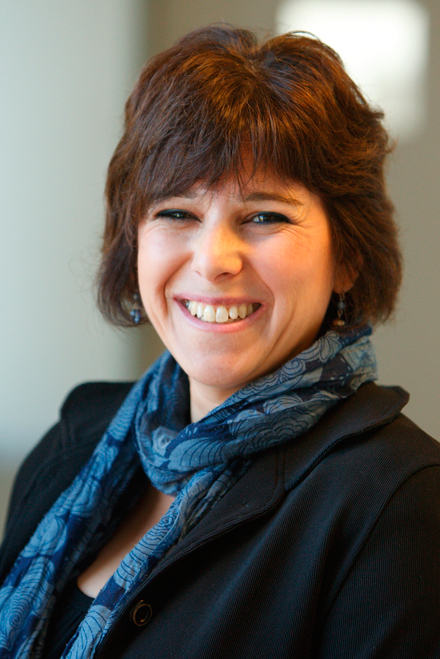
Scientists at The Neuro find important time factor in second-language acquisition
By Anita Kar
The age at which children learn a second language can have a significant bearing on the structure of their adult brain, according to a joint study by the Montreal Neurological Institute and Hospital – The Neuro at McGill University and Oxford University. The majority of people in the world learn to speak more than one language during their lifetime. Many do so with great proficiency particularly if the languages are learned simultaneously or from early in development.
The study concludes that the pattern of brain development is similar if you learn one or two language from birth. However, learning a second language later on in childhood after gaining proficiency in the first (native) language does in fact modify the brain’s structure, specifically the brain’s inferior frontal cortex. The left inferior frontal cortex became thicker and the right inferior frontal cortex became thinner. The cortex is a multi-layered mass of neurons that plays a major role in cognitive functions such as thought, language, consciousness and memory.
The study suggests that the task of acquiring a second language after infancy stimulates new neural growth and connections among neurons in ways seen in acquiring complex motor skills such as juggling. The study’s authors speculate that the difficulty that some people have in learning a second language later in life could be explained at the structural level.
“The later in childhood that the second language is acquired, the greater are the changes in the inferior frontal cortex,” said Dr. Denise Klein, researcher in The Neuro’s Cognitive Neuroscience Unit and a lead author on the paper published in the journal Brain and Language.
Using a software program developed at The Neuro, the study examined MRI scans of 66 bilingual and 22 monolingual men and women living in Montreal. The work was supported by a grant from the Natural Science and Engineering Research Council of Canada and from an Oxford McGill Neuroscience Collaboration Pilot project.
